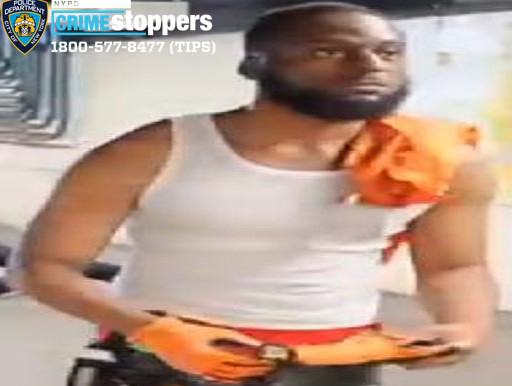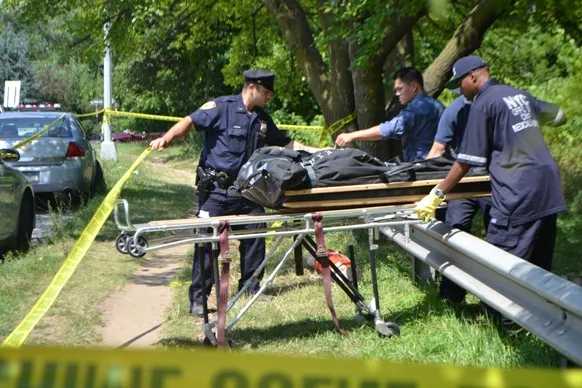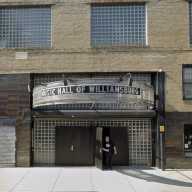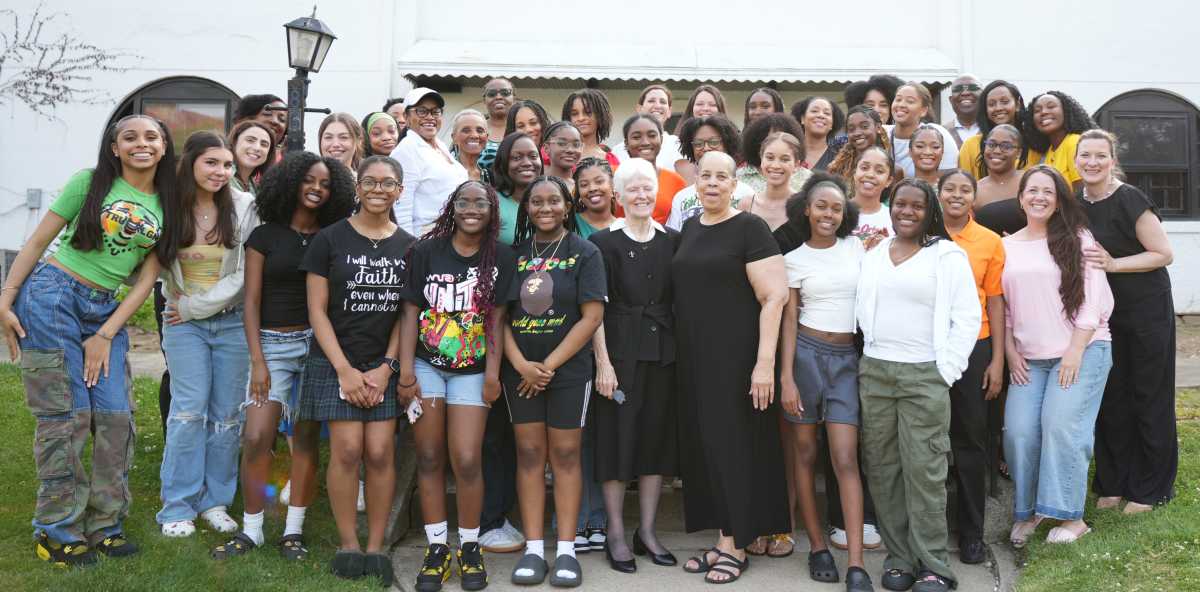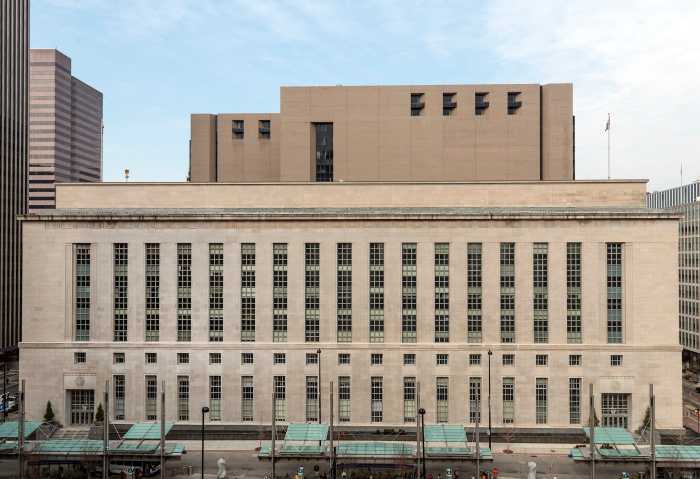After a heavy rainstorm swept through New York City on Thursday, July 31, inundating parts of the city with torrential downpours, August is off to a gentler, quieter start, with temperatures trending below average and a high of just 77 degrees.
The National Weather Service issued a citywide flash flood alert Thursday, forecasting between 1.5 and 3 inches of rain — with up to 5 inches possible in some areas. Two weeks’ worth of rain pummeled the city in just one afternoon, though the storm’s intensity varied widely by borough.
While Central Park recorded only about a quarter-inch of rain, parts of Queens were hit with more than 3 inches. The deluge turned the Clearview Expressway into a river, prompting FDNY and NYPD crews to rescue stranded drivers from their vehicles. On Staten Island, where 2.66 inches of rain fell, cars became trapped on the Staten Island Expressway.
Brooklyn saw a more modest 1.12 inches overall, though some areas were harder hit than others. Flood-prone Gowanus was largely spared, while Prospect Park recorded 2.37 inches of rainfall.
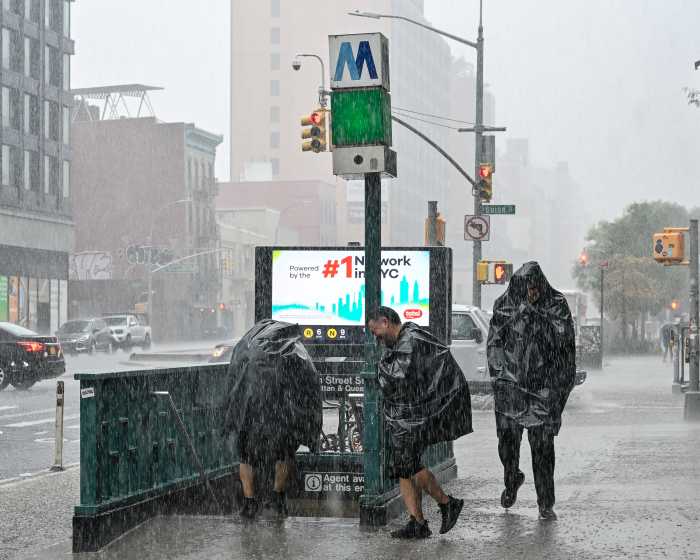

Flooding is a persistent concern in Brooklyn, where aging infrastructure, low-lying terrain, and dense urban development often combine to create dangerous conditions during heavy rainfall. Neighborhoods like Gowanus, East Flatbush, and parts of South Brooklyn are especially prone to flash flooding, with streets quickly turning into rivers and storm drains overwhelmed by runoff.
In some areas, poor drainage systems and proximity to the waterfront exacerbate the problem, leading to repeated property damage, hazardous commutes and increased strain on emergency services.
According to data from FloodNet NYC, a network that monitors urban flooding in real time, sensors measured between half a foot and a full foot of flooding in Prospect Park South and East Flatbush, respectively. Videos posted to social media showed waterlogged streets in East Flatbush and water pouring onto an MTA bus traveling along Farragut Road. In Bay Ridge, flooding was reported at the corner of Sixth Avenue and Bay Ridge Parkway.
Flash flooding also caused chaos at several Brooklyn subway stations, including the Seventh Avenue Q Station in Park Slope, where water seeped through the walls and commuters clung to fences to escape the flooded platform. The Q line was temporarily suspended after floodwaters submerged the station.
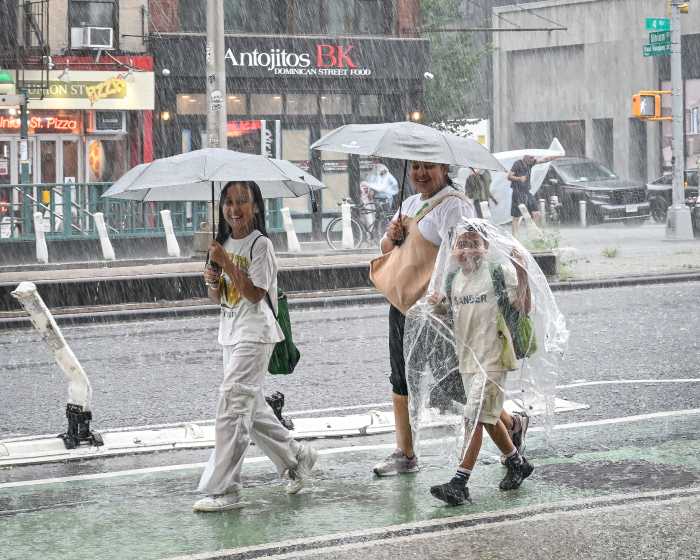
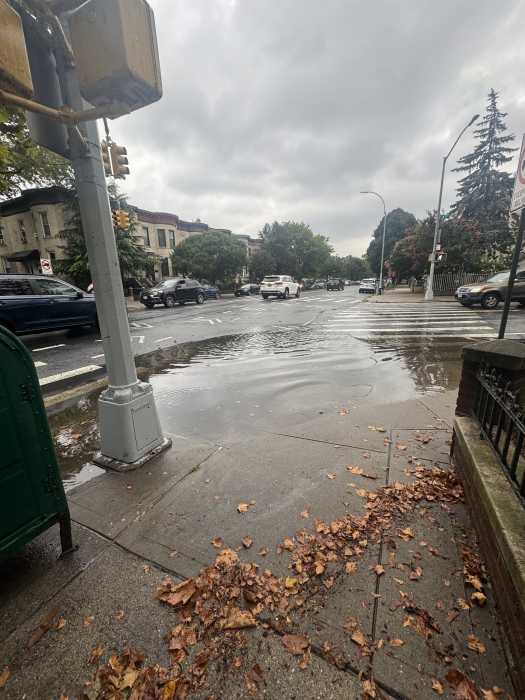
Ahead of the storm, Gov. Kathy Hochul declared a state of emergency Thursday afternoon, urging New Yorkers to “stay vigilant and informed, and use caution.”
“State agencies are on standby for heavy downpours and localized flooding and will be monitoring the situation in real-time to ensure the safety of all New Yorkers in the path of the storm,” Hochul said.
Mayor Eric Adams encouraged residents to sign up for Notify NYC, the city’s official emergency alert system.
“Flash flooding is one of the most dangerous hazards we face in New York City because it can happen quickly and without warning. Our emergency teams and city agencies are fully mobilized and prepared, but New Yorkers must also take steps to stay safe,” Adams said in a statement.
The New York City Emergency Management also advised residents to stay home and, if travel was necessary, to use public transportation — but warned against entering flooded subway stations.
As of Friday morning, there were no weather-related subway delays, though a travel advisory remains in effect until Friday afternoon.





